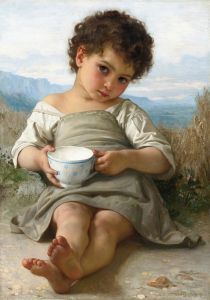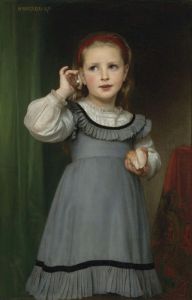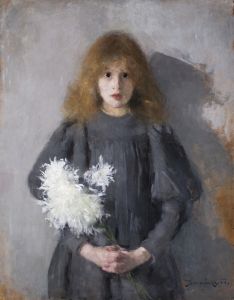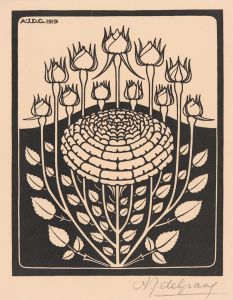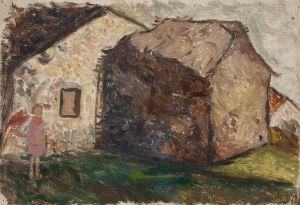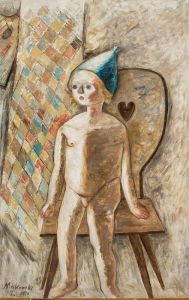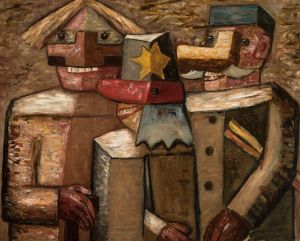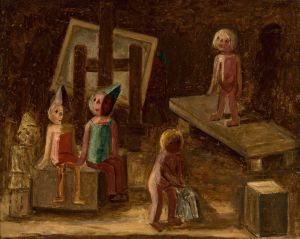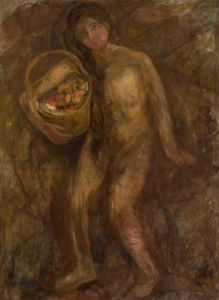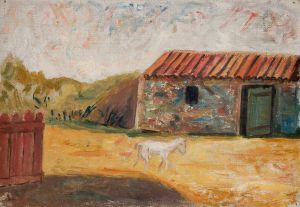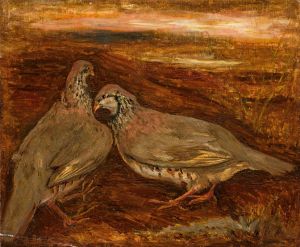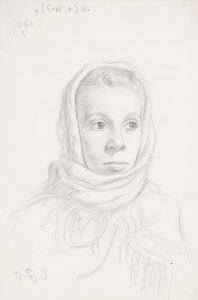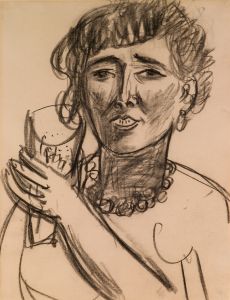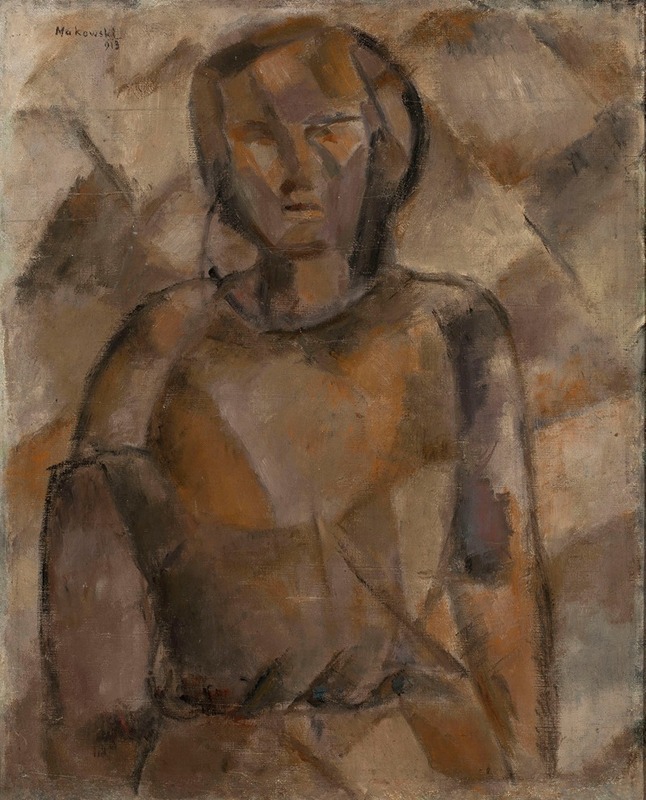
Girl
A hand-painted replica of Tadeusz Makowski’s masterpiece Girl, meticulously crafted by professional artists to capture the true essence of the original. Each piece is created with museum-quality canvas and rare mineral pigments, carefully painted by experienced artists with delicate brushstrokes and rich, layered colors to perfectly recreate the texture of the original artwork. Unlike machine-printed reproductions, this hand-painted version brings the painting to life, infused with the artist’s emotions and skill in every stroke. Whether for personal collection or home decoration, it instantly elevates the artistic atmosphere of any space.
Tadeusz Makowski was a Polish painter known for his unique style that combined elements of Post-Impressionism and Cubism, often focusing on themes of childhood and rural life. One of his notable works is "Girl," a painting that exemplifies his distinctive approach to art.
Tadeusz Makowski was born on January 29, 1882, in Oświęcim, Poland. He initially studied classical philology at the Jagiellonian University in Kraków before pursuing art at the Academy of Fine Arts in Kraków. Under the tutelage of Józef Mehoffer and Jan Stanisławski, Makowski honed his skills in painting and developed an interest in the avant-garde movements of the time. In 1908, he moved to Paris, where he became part of the vibrant artistic community and was influenced by the works of artists such as Paul Cézanne and Georges Braque.
Makowski's painting "Girl" is a testament to his fascination with the innocence and simplicity of childhood. While specific details about the painting's creation and its current location are not widely documented, it is known that Makowski often depicted children in his works, capturing their essence with a sense of whimsy and introspection. His style is characterized by the use of geometric forms and a muted color palette, which can be seen in "Girl."
The painting likely features a young girl, rendered with Makowski's signature blend of Cubist and Post-Impressionist techniques. His use of geometric shapes to construct the figure and the surrounding environment gives the painting a structured yet playful quality. The subdued colors and soft lines contribute to a sense of tranquility and nostalgia, inviting viewers to reflect on the simplicity and purity of childhood.
Makowski's work often reflects his Polish heritage and his experiences in France, where he spent much of his life. Despite living in Paris, he maintained strong ties to his homeland, and his art frequently incorporates elements of Polish folklore and rural life. This cultural fusion is evident in "Girl," where the universal theme of childhood is explored through a unique artistic lens.
Throughout his career, Makowski exhibited his works in various galleries and salons, gaining recognition for his distinctive style and thematic focus. His paintings, including "Girl," are celebrated for their emotional depth and technical innovation. Makowski's ability to convey the inner world of children with empathy and insight has earned him a lasting place in the history of art.
Tadeusz Makowski passed away on November 1, 1932, in Paris, leaving behind a rich legacy of paintings that continue to captivate audiences. His work, including "Girl," remains an important part of the cultural heritage of both Poland and France, reflecting the enduring power of art to transcend time and place.





